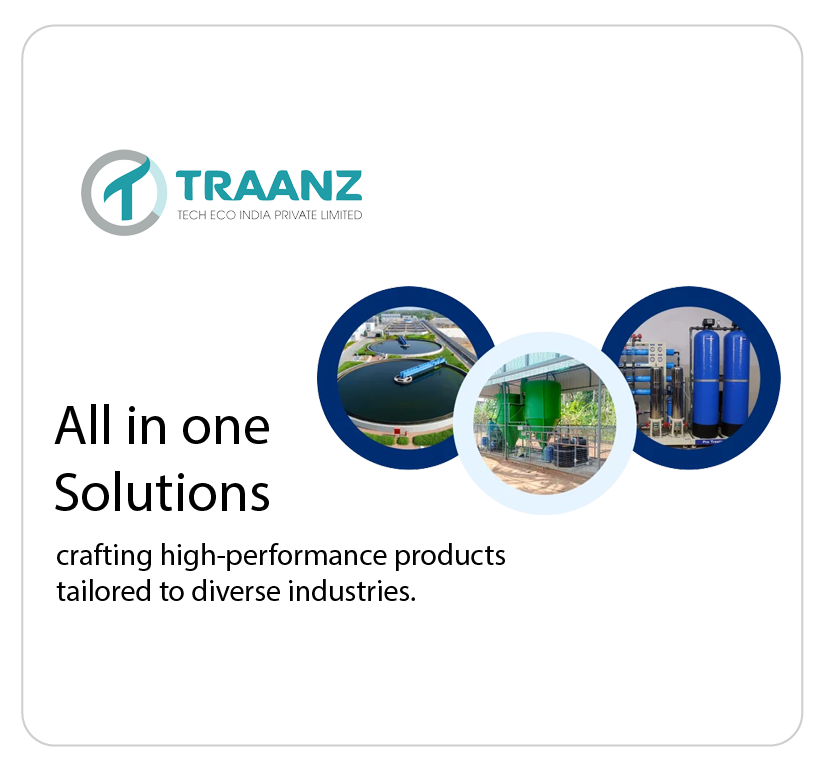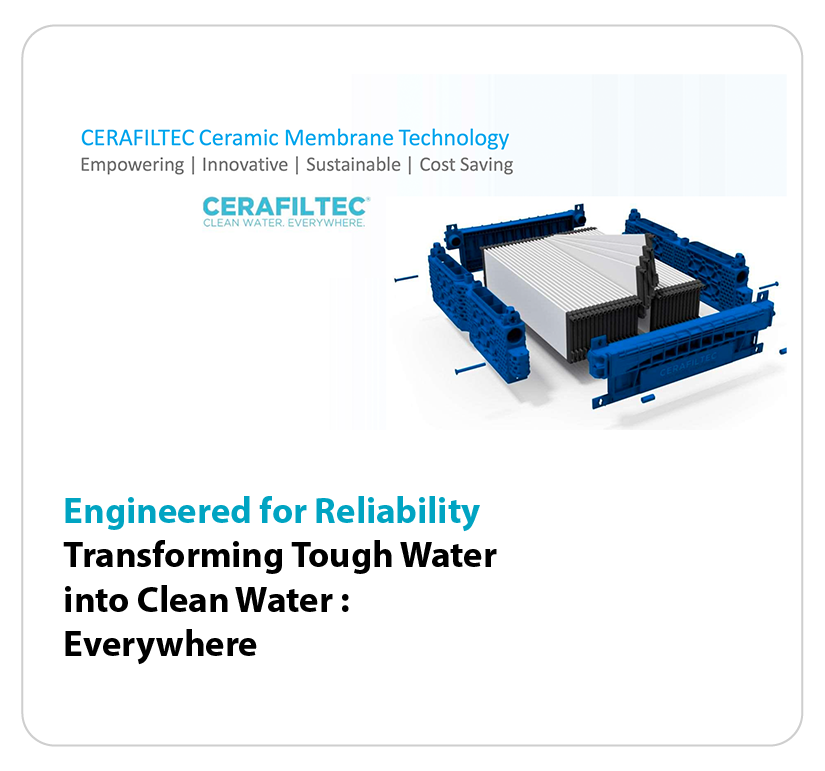Membrane Bioreactor Technology: The Future of Wastewater Treatment


Membrane Bioreactor (MBR) technology represents one of the most significant advances in wastewater treatment in recent decades. By combining biological treatment with membrane filtration, MBR systems deliver exceptional effluent quality while dramatically reducing the physical footprint required for treatment facilities.
At its core, MBR technology integrates two proven treatment processes: activated sludge biological treatment and membrane filtration. This combination eliminates the need for secondary clarifiers and produces effluent quality that often exceeds traditional treatment methods by orders of magnitude.
MBR systems typically achieve <5 mg/L BOD, <2 mg/L TSS, and >4-log pathogen removal, making the effluent suitable for direct reuse applications.
The membrane barrier in MBR systems provides absolute retention of suspended solids and pathogens, resulting in crystal-clear effluent that meets the most stringent discharge standards and reuse requirements.
By eliminating the need for secondary clarifiers and allowing higher mixed liquor suspended solids (MLSS) concentrations, MBR systems can reduce the required footprint by 50-75% compared to conventional activated sludge systems.
The physical barrier provided by membranes ensures complete biomass retention, allowing for longer sludge retention times (SRT) and improved treatment of slowly biodegradable compounds and nitrification.

Membranes are submerged directly in the bioreactor, offering lower energy consumption and simplified operation.

Mixed liquor is pumped to external membrane modules, providing higher flux rates and easier membrane maintenance.
MBR technology is increasingly adopted for municipal applications, particularly in areas with strict discharge requirements or where land availability is limited. The technology enables direct potable reuse in water-scarce regions.
Industries such as food and beverage, pharmaceuticals, and petrochemicals utilize MBR systems to treat complex wastewater streams while recovering valuable water resources for process reuse.
A major brewery implemented MBR technology to treat 2,000 m³/day of wastewater, achieving 85% water recovery for process reuse and reducing freshwater consumption by 1.7 million liters annually.
Choosing the right membrane type is crucial for optimal performance. Factors to consider include:
Successful MBR operation requires careful attention to several key parameters:
While MBR systems typically have higher capital costs than conventional treatment, the total cost of ownership often favors MBR due to:
The MBR industry continues to evolve with several exciting developments on the horizon:
Next-generation membranes with enhanced fouling resistance and higher permeability are reducing operational costs and improving system reliability.
AI-driven control systems are optimizing membrane cleaning cycles, reducing energy consumption, and predicting maintenance needs.
Future MBR systems will incorporate nutrient recovery, energy generation, and valuable product extraction capabilities.
MBR technology represents a paradigm shift in wastewater treatment, offering unparalleled effluent quality, compact design, and water reuse capabilities. As water scarcity increases and environmental regulations become more stringent, MBR systems will play an increasingly important role in sustainable water management.
The key to successful MBR implementation lies in proper system design, appropriate membrane selection, and optimized operation. With continued technological advances and decreasing costs, MBR technology is poised to become the standard for advanced wastewater treatment applications.
Our experienced team can help you evaluate MBR technology for your specific wastewater treatment needs and design a system that maximizes performance while minimizing costs.
View MBR Products Contact Our Experts